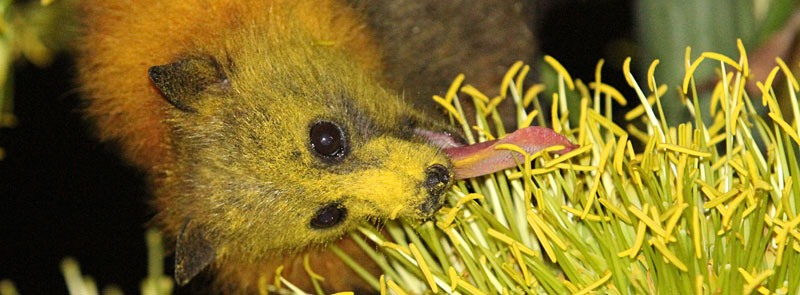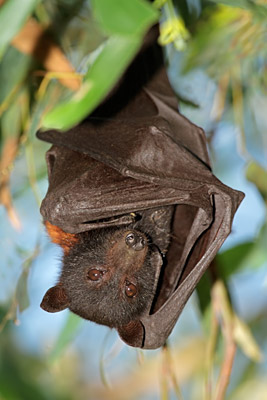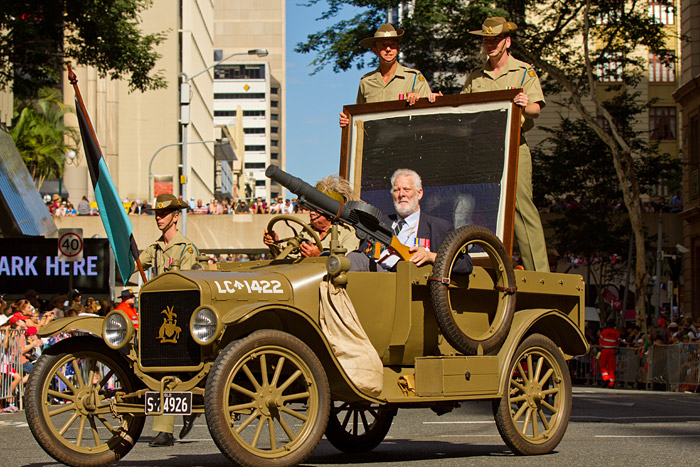
Bats Have Returned - But They Need Help
15-Nov-2012 Filed in: Brisbane
15 November

The theory goes that shooting is necessary to preserve the local banana, lychee and apple fruit industry, and that shooting is less destructive to the environment than the electric grids that had been used to protect some orchards (in one case, an electrified grid at one orchard killed 18,000 bats over a single season. Other cases are less dramatic but still indiscriminately kill many thousands of animals).
Although I respect the right of farmers to earn a living, there’s an alternative to the wholesale slaughter of entire species. For example - correctly installed netting can protect commercial fruit crops without adversely impacting the local bat populations (so long as the creation of new orchards and farms doesn’t also result in the destruction of natural habitat). The problem is that some fruit growers see this as too hard and too expensive - figuring out that its just easier (and much cheaper) to kill off the native animals with whom they share the land. The good news is that most growers follow the right practices - with only a relative few resorting to irresponsible methods. The problem is that this small number is doing a disproportionate amount of damage.
If you believe in the importance of protecting Australia’s wildlife and protecting our natural heritage then I highly recommend adding your name to the Flying Foxes under Threat in QLD petition, and pay a visit to www.dontshootbats.com for letter templates which can be forwarded to your local representatives.
Banner image: Andrew Mercer
Hanging bat image: Shutterstock

Andrew Mercer
I'm a Business Intelligence and Data Warehousing consultant based in Brisbane, Australia. I've consulted on or managed several large BI systems in New Zealand, Australia and Latin America.

Contact Info
Please use the contact form on this site.
Or phone 04 5704 1640 (Australia)
Or phone 04 5704 1640 (Australia)
Navigation
Photos
Latest Articles
blog comments powered by Disqus
